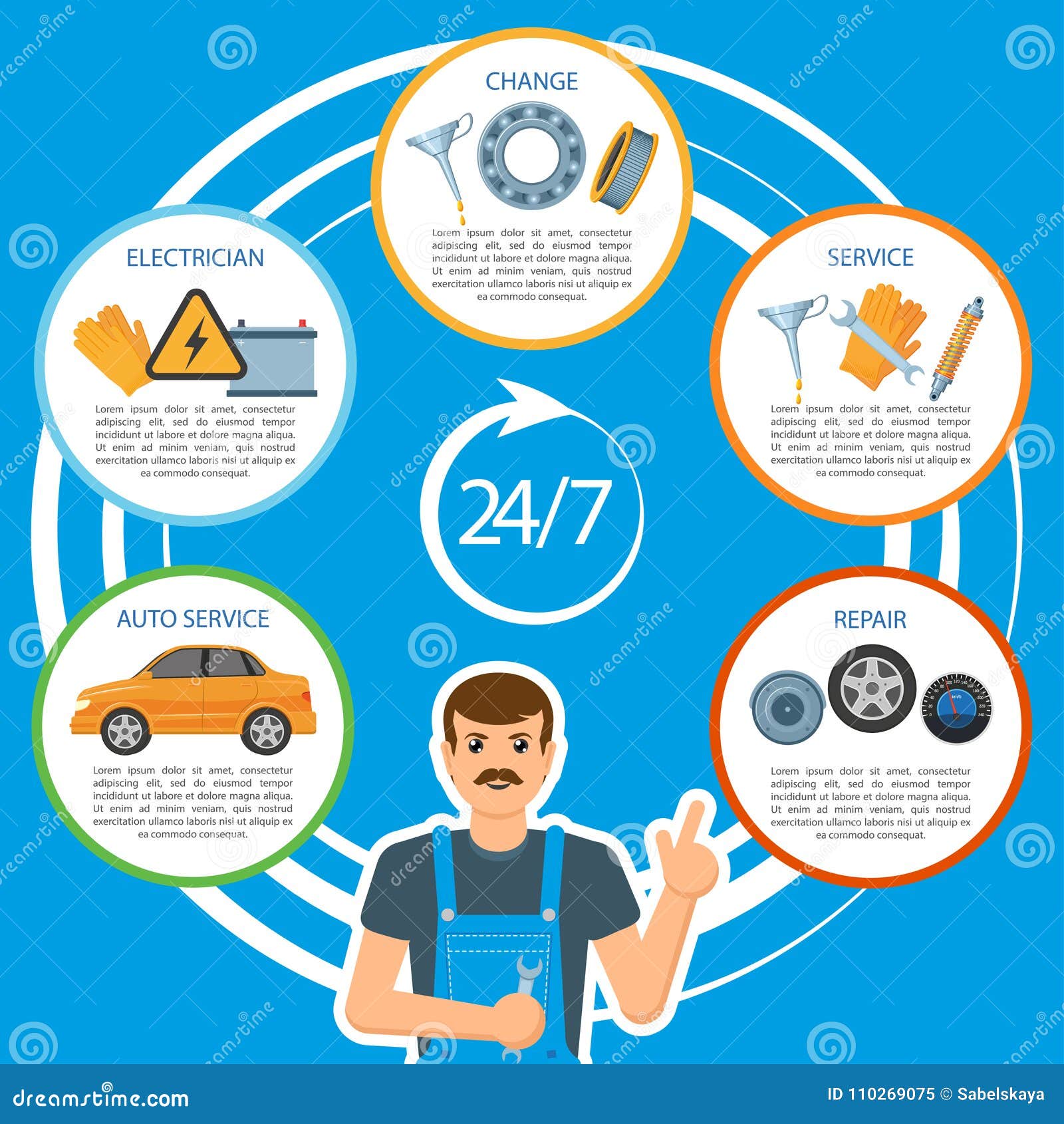Analyzing Your Vehicle'S Warning Indicators: What They Truly Share
Analyzing Your Vehicle'S Warning Indicators: What They Truly Share
Blog Article
https://paxtonlfzyr.tkzblog.com/30153175/plan-for-an-insightful-expedition-of-the-exceptional-automobile-repair-shops-that-can-transform-your-approach-to-auto-maintenance -Higgins Dalgaard
When you lag the wheel, those radiant caution lights on your control panel can be a bit bewildering. Do you understand what they're trying to inform you concerning your cars and truck's health and wellness? Comprehending the relevance of these lights is crucial for your safety and the longevity of your car. So, the next time among those lights appears, would not you want to analyze its message accurately and take the needed steps to address it?
Common Warning Lighting and Interpretations
Identify usual warning lights in your vehicle and understand their meanings to make sure secure driving.
The most common warning lights consist of the check engine light, which signals problems with the engine or emissions system. If this light begins, it's vital to have your vehicle inspected immediately.
The oil pressure alerting light shows reduced oil pressure, requiring immediate attention to prevent engine damages.
A blinking battery light could recommend a defective billing system, possibly leaving you stranded otherwise resolved.
The tire stress surveillance system (TPMS) light signals you to reduced tire stress, influencing automobile security and gas performance. Overlooking this could lead to hazardous driving conditions.
The abdominal muscle light suggests a trouble with the anti-lock stopping system, endangering your capability to stop promptly in emergency situations.
Lastly, the coolant temperature advising light warns of engine getting too hot, which can result in severe damages if not solved swiftly.
Recognizing these typical warning lights will aid you resolve problems promptly and preserve risk-free driving problems.
Value of Prompt Focus
Understanding the common warning lights in your cars and truck is only the very first step; the relevance of quickly resolving these warnings can not be stressed enough to ensure your safety when traveling.
When a caution light brightens on your dashboard, it's your auto's method of communicating a potential problem that requires focus. Overlooking these warnings can cause extra extreme issues later on, jeopardizing your safety and security and possibly costing you extra in repairs.
Trigger focus to alerting lights can protect against malfunctions and mishaps. For example, a flashing check engine light can suggest a misfire that, if left neglected, could create damages to the catalytic converter. Resolving this without delay can conserve you from a pricey fixing.
Likewise, a brake system advising light might signify low brake fluid or worn brake pads, important elements for your safety when driving.
DIY Troubleshooting Tips
If you see a warning light on your control panel, there are a few do it yourself troubleshooting suggestions you can try prior to seeking specialist aid.
https://rowanhcwtn.blogsuperapp.com/30776656/top-10-tips-for-selecting-the-very-best-automobile-service-center-near-you is to consult your cars and truck's manual to comprehend what the certain caution light suggests. Occasionally the issue can be as easy as a loosened gas cap causing the check engine light. Tightening up the gas cap might fix the trouble.
Another common issue is a low battery, which can cause numerous alerting lights. Examining the battery links for deterioration and guaranteeing they're safe might deal with the issue.
If a warning light continues, you can attempt resetting it by detaching the car's battery for a few minutes and afterwards reconnecting it. Furthermore, checking your car's fluid degrees, such as oil, coolant, and brake fluid, can assist repair cautioning lights connected to these systems.
Final thought
Finally, understanding your automobile's caution lights is necessary for maintaining your vehicle running efficiently and safely. By immediately attending to these notifies and recognizing what they suggest, you can prevent pricey fixings and prospective malfunctions.
Remember to consult https://www.klfy.com/automotive/spend-less-at-the-pump-with-these-fuel-saving-tips/ for specific details on each warning light and act as necessary to make sure a trouble-free driving experience.
Keep informed, stay secure when traveling!
